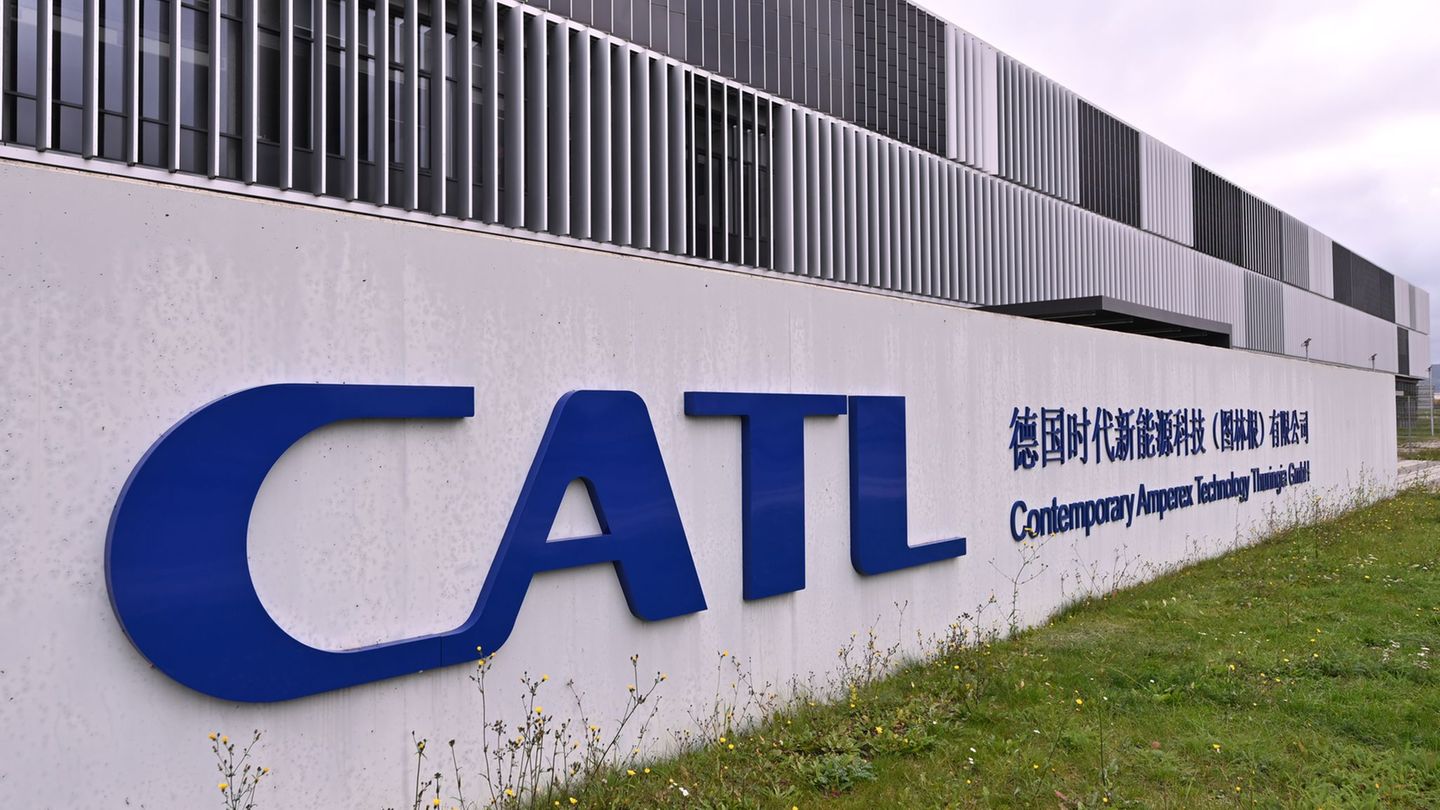The new president will have to face the correction of different imbalances that the economy faces in a complex social context. In this regard, in its latest update, the Torcuato Di Tella University calculates that 42.9% of Argentines are poor.
But this data is more worrying if we take into account that it is recorded despite the fact that different prices in the economy are delayed. Repressed inflationtaking mid-2019 as a reference, around 35%, according to Ecolatina. At that time public tariffs did not cover 100% of generation costs, but they were not that far off either, there were no price controls nor stocks.
If we wanted to return to that “situation closer to equilibrium”, poverty could increase by around 5% of the population, bringing the total to around 47%.a level of poverty only seen in recent history during the Convertibility crisis, according to economist calculations Federico Moll from that consultancy.
The new administration will take charge in a context of unleashed inflation. According to the forecast of private analysts, reflected in the latest Market Expectations Survey (REM), 2023 will culminate with a price increase of 185% and they predict that Twelve months ahead, in October 2024, it stands at 203%.
This in a context of economic recession, largely as a consequence of the severe drought that affects the countryside. The analyst consensus expects a 2% decline in the Gross Domestic Product this year compared to the previous one.
image.png
Precisely in the external sector is where a good part of the imbalances are concentrated. Private estimates show that the net reserves held by the Central Bank are negative by around US$ 10,000 million and importers calculate that the debt for purchases abroad increased by US$ 20,000 million above the normal flow of financing.
It is estimated that the year’s trade will be negative by about US$6.5 billion. The good news is that, once the unfavorable weather conditions were overcome, The result between exports and imports would leave a favorable balance of about US$ 9.9 billion in 2024.
Dollar
The exchange rate is a critical aspect that the next leadership of the Treasury Palace must correct. Private calculations show that today the official dollar is delayed 17% in relation to the average for the period 2016 to 2019 and 37% if the comparison is made against the period 2003 to 2015.
Analysts participating in the REM forecast the official exchange rate at $382 per dollar for the November 2023 average, but expect it to reach $812 in April of next year. -113% increase-.
One of the positive data presented by the situation is the relatively low unemployment rate, which stands at 6.9%. However, activity would fall 1.3% next yearaccording to Latin Focus Consensus Forecast and the unemployment rate would reach 7.3% in the first quarter of 2024 (according to REM).
Most economists consider that the deficit of the Argentine State is one of the most urgent tasks to be resolved. The primary deficit would reach 3.2% of GDP this year, rising to 5.4% when debt interest payments are added and reaching exorbitant figure of 14.4% when the quasi-fiscal deficit of the Central Bank is addedaccording to the calculations of Ramiro Castiñeira and Samuel Kaplan of Econometrica.
The BCRA imbalance is explained by the growth of the LELIQ plus the paid repos that today represent 3 times the monetary base (until the end of last year this ratio had always remained below 2 and between 2003-13 it had averaged 0.5 ). In this way, what is accrued in interest on the stock of remunerated liabilities would be generating a new monetary base every 1.4 months. To take dimension, a year ago this metric was above 5 months and in 2020 above 25 months.
These data arise from a pxq analysis. However, the consulting firm that runs Emanuel Álvarez Agis considers that “LELIQs are the symptom before the disease, and the challenge is to resolve the macroeconomic problems that determine the growth of LELIQs.”
He explains that between the years 2011-9 the ratio of loans to the private sector over assets was 45%, while today it is 27%. In parallel, the ratio of loans to the public sector over deposits is at historical highs. This is one of the explanations for the growth of paid liabilities: “it is the opposite of the low demand for loans from the private sector, which responds to a stagnant economy with high inflation.”
Another factor that led to a growth in remunerated liabilities was the dismantling of Treasury securities in pesos by banks (especially during 2022). The preference for BCRA risk against Treasury risk led to an increase in LELIQs in relation to the Treasury’s debt in pesos.
Likewise, one must observe the drop in currency, which is at historic lows – less than 3% of GDP, when in 2013 it reached 8% – as it could not be otherwise at a time when the acceleration of inflation leads to people reduce their possession of pesos as much as possible.
In conclusion, the study indicates that “You don’t have to do anything with the LELIQs” and yes “working is on a stabilization program that begins by proposing a reasonable and sustainable exit from the exchange control scheme with strict control of inflation”.
Quick decisions
Given these deep macroeconomic imbalances, it is considered that the new government will have to act quickly, both for political and economic reasons.
The policies are fundamentally explained because in two years there will be mid-term elections and if the new administration wants to maintain its political flow, the logical thing would be Apply unpleasant remedies as soon as possible.
Regarding economic issues, it is considered that, with the sources of financing (both internal and external) closed, it not being possible to apply more regulations and without resources to draw on, The new government will have no other option than to correct the accounts.
From this point of view, a significant fact is that next year is the last year with relatively low payments on debt services abroad, for about US$8 billion. But These payments scale to US$12,000 in 2025 and more in subsequent years. Thus, in two years the country should be able to regain access to the credit markets and in this way avoid a new debt crisis.
Source: Ambito




